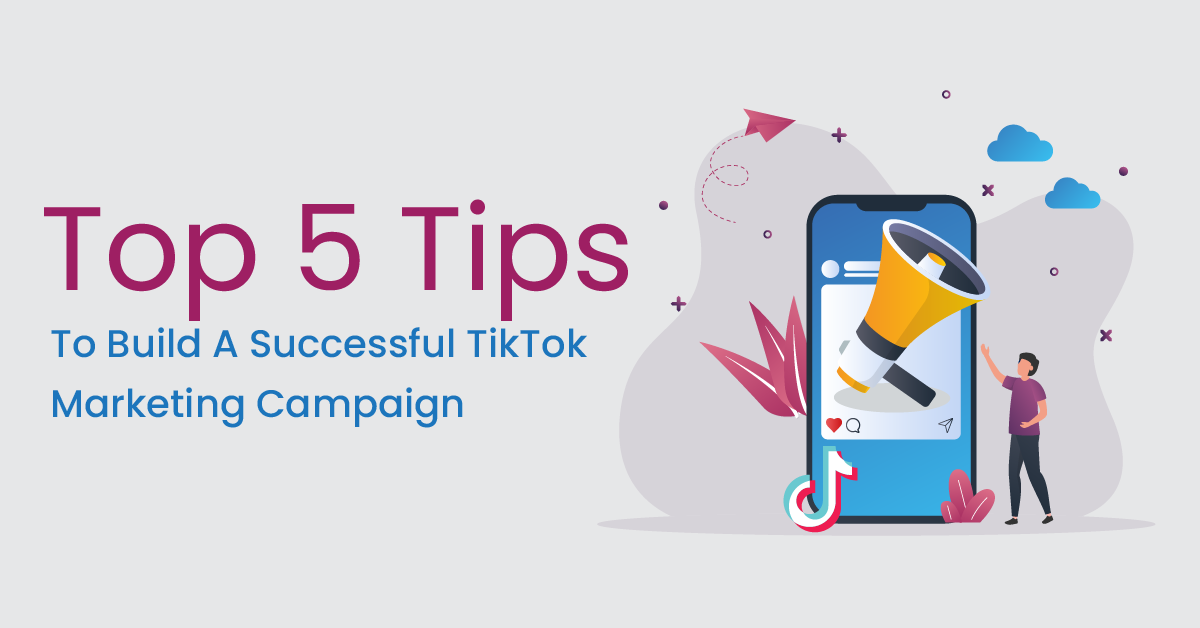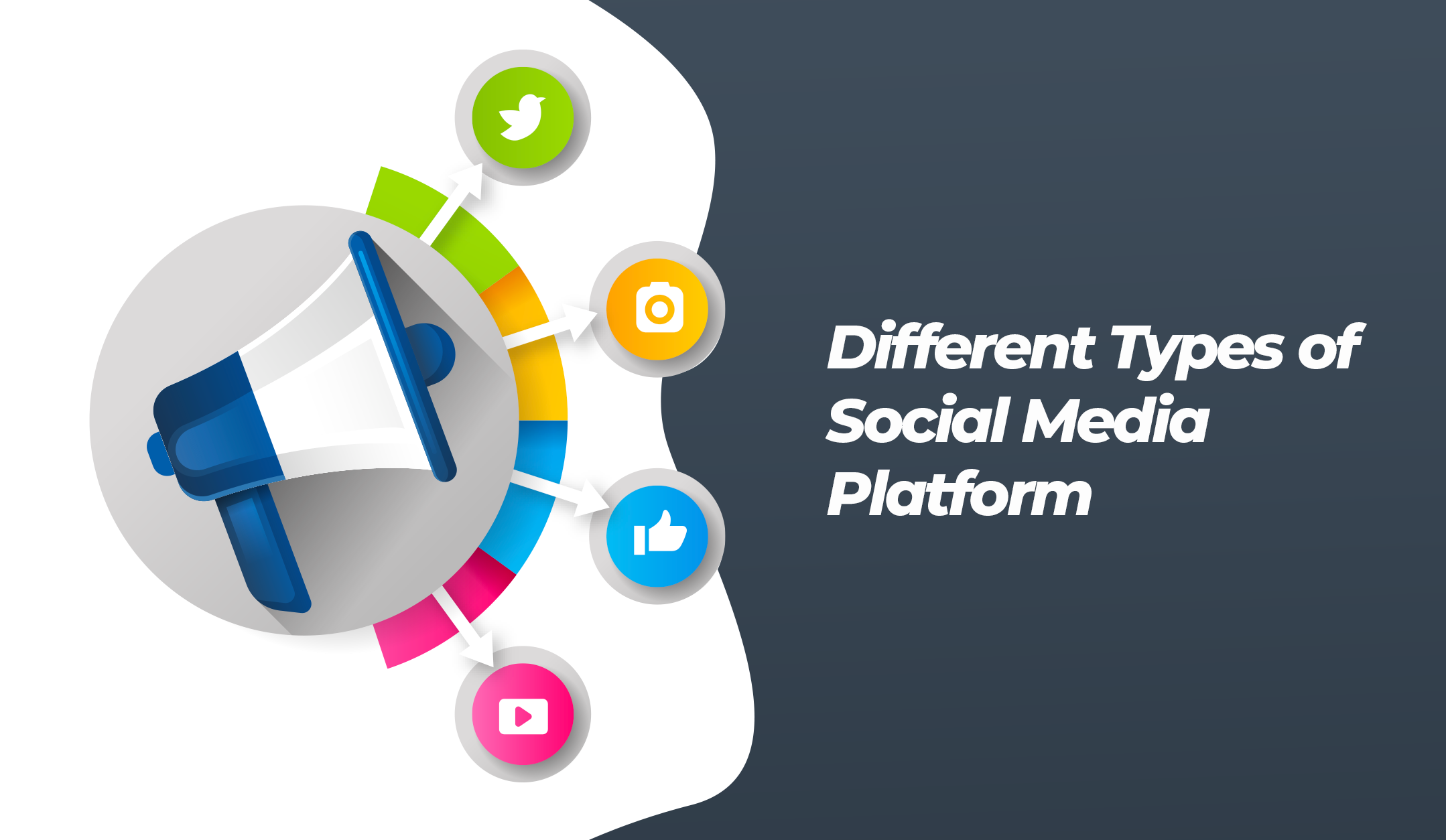
B2B business content marketing ideas are many and can come in many formats. White papers, product comparison guides, blog posts, and video content are just a few of the possible content types. Each type of content can be effective depending on who it is being targeted and what their business model. If you want to create content for B2B businesses that convert prospects into customers, you will need to create several types of content. Here are some examples content types that can be used to generate leads.
White papers
White papers are an excellent way to build brand awareness and get leads. If done correctly, white papers can serve as the inspiration for a full year of content marketing. The timely data you collect is invaluable, but it can make it difficult to develop content six months after the paper's release. It is important to conduct research and survey on the subject in order to create a well-researched white paper. It helps you to identify your target audience as well as brainstorm possible solutions and problems.
Product comparison guides
Buyer's Guides are a good content marketing idea. They appeal to the reader's desire for information. Consumers are worried about inaccurate data, counterfeit parts and incomplete quotes in the defense sector. This guide can help buyers determine if a product is right for their needs. It can help the buyer decide how much to purchase a product. Product comparison guides make great content marketing ideas. They focus on the benefits that the buyer will enjoy if he/she makes an informed purchase.

Blog posts
Plumbers wouldn't be writing about replacing the bathroom's piping. You might instead write about modern faucet setups and rescuing a flooded tap. Pop culture references can be used to make connections between your niche and your industry if you're a plumber. Include a brief summary of your learnings in this post or compare it to the industry. You can also benefit from the power of NICHE TOOLS as a plumber.
Video content
Written content and infographics are great ways to engage people, but videos can help you reach new audiences and get leads. A video that showcases your company's strengths and history can help prospects get to know your brand. This type of content can also distinguish you from your competitors. SimblaOCO's company overview allows anyone to witness the creation of a site. While videos can be tricky to produce, there are many benefits to including them in your marketing efforts.
Gated resources
For your website, you might want to create gated resource. These are content pieces in long form that add value to your audience. By making these resources available to your audience, you can establish yourself as an authority in your field and attract more people to download your offers. Here are some ideas for gated information. Keep reading to learn more about how to make your gated resources even more effective. Keep these points in mind. Access to gated resources should be simple and easy to use.

FAQ
What amount should I spend on content marketing?
It all depends on how many leads are you looking to generate. Depending upon the industry, the average cost for a lead can range from $5 to $10. We spent $20 per lead when we started our business. Now we spend $6-7 per leads.
What is my ROI from using a Content Marketing Strategy?
Businesses that use a Content Marketing Strategy have an average ROI of between 5x-10x higher than those that don't.
A Content Marketing Strategy can be used to generate leads or sales.
It provides valuable insights into the business. These insights help you make smarter business decisions. For example, they can help you identify new opportunities and improve customer service.
If you are curious about how much money you can make with a Content Marketing Strategy, I have the answer:
You can easily double your overall revenue.
Why are you looking for a content marketing strategy to succeed?
Content marketing isn't just about producing quality content. It is about building relationships and engaging with people on a personal level. This requires an understanding of the online behavior of people.
This is exactly what Content Marketing Strategy does. Content Marketing Strategy will help you to understand the psychology of your customers in order to best engage them.
It will also help you increase your conversion rates, which can lead to higher profits.
But why would you want to invest in a Content Marketing Strategy when plenty of other options are available?
Content Marketing Strategy is far better than any other marketing type.
A well-executed, content-marketing strategy will make it easy to grow brand awareness and to sell products.
Statistics
- According to our research, brand awareness, attracting traffic, and generating leads remain the key content marketing goals in 2022. (semrush.com)
- Forty-seven percent of buyers view 3 to 5 pieces of content before engaging with a sales representative. (mailchimp.com)
- According to the Content Marketing Institute, 70% of B2B marketers and 86% of B2C marketers surveyed use content marketing in some form or other. (criteo.com)
- An example of an overarching goal could be: "In 2022, we want to achieve a 20% increase in revenue created by organic content and generate 15,000 MQLs with a budget of $30,000." (semrush.com)
- In fact, would pay more for a better customer experience, and 86% of B2B buyers would pay more. (neilpatel.com)
- Content marketing produces 3X more leads per dollar spent. Content marketing costs 62% less than traditional marketing. (criteo.com)
- Companies that use content marketing see approximately 30% higher growth rates than businesses not using it. (mailchimp.com)
- We found that 40% of businesses don't have a documented strategy yet. (semrush.com)
External Links
How To
Informationgraphic creation tips to help with content marketing
Infographics are a powerful way to simplify complicated concepts, and make information easier to understand. Use infographics as a tool to promote your content marketing message.
For creating an infographic you'll need software such as Adobe Illustrator and Photoshop. These programs can be used for drawing out shapes and elements to represent data. After that, you can add fonts and colors to make it look professional. Once your design is ready, you can start uploading images from sites like Pixabay and Unsplash to insert into your design.
Check out existing infographics online to get some ideas. You could use a photo of a food pyramid to show the calories in particular foods. Then, replace those numbers with photos of the foods. Or you could look at how many sugars are found in soda pop and replace that number with a picture from a Coke bottle.
Once you have designed your infographic you can share it via social media channels, such as Facebook or Twitter. This makes it easy for people unfamiliar with the concept to learn. Include hashtags if you plan to share your infographic via social media platforms. This will allow others to see what you're talking. You can use hashtags to allow others to follow your conversations about specific topics.
Make your infographics shorter than normal if you are creating them. An average blog post can be anywhere from 2000 to 5000 words long, while an infographic only requires 500 to 1000 words. This means you can easily convey more information with less space.
Keep in mind that viewers may have difficulty reading small fonts when creating your infographic. Your graphics should be large enough in font size and not rely on too much color. Also, ensure all text is legible.
These are additional tips:
-
Select an Infographic Template. You can find many templates online or in printed formats. Canva and Piktochart are some of the most popular.
-
Create your Infographic. Use the template to create your infographic. You can use any type of media that is appropriate for your audience. An example of this is a infographic that shows the best restaurants in Seattle.
-
Add Text. Add text once your infographic is created.
-
Add images. Images can be added to your infographic. These images could be photos, charts, graphs or icons. You should make sure that the picture you upload is related to your topic.
-
Make It Interactive. Interactive elements can include buttons, maps, or links. This will make it easier for your audience to interact with you.
-
Share. Share your infographic when you are done.
-
Measure. How well did your infographic perform? Did people click through? Did they sign up to your email list? What was their reaction when you showed them your infographic
-
Improve. Is there anything you can do to improve your infographic Are you able to do it better the next time?
-
Repeat. Repeat.